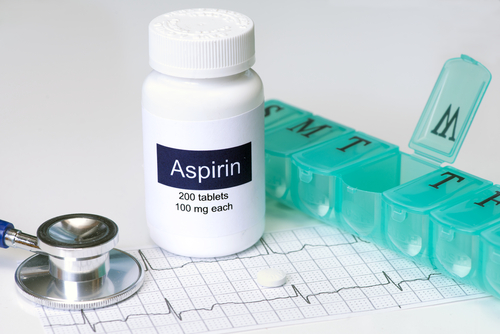
A new study found that, worldwide, aspirin is underused as a prevention measure in individuals with a history of cardiovascular disease (CVD). The findings were reported in JAMA.
“Aspirin is an effective and low-cost option for reducing CVD events and improving mortality rates among individuals with established CVD. To guide efforts to mitigate the global CVD burden, there is a need to understand current levels of aspirin use for secondary prevention of CVD,” the researchers wrote.
In this cross-sectional analysis, researchers assessed pooled individual participant data from national health surveys conducted between 2013 and 2020 in 51 low-, middle-, and high-income countries. The overall sample consisted of 124,505 individuals aged 40 to 69 years who self-reported their history of CVD and aspirin use.
Use Rate Is Poor in Low-Income Countries
The findings showed that among individuals with a history of CVD, aspirin use for secondary prevention in the overall pooled sample was less than half (40.3%). A total of 16.6% (95% CI, 12.4-21.9) of individuals with a history of CVD in low-income countries, 24.5% (95% CI, 20.8-28.6) in lower-middle-income countries, 51.1% (95% CI, 48.2-54.0) in upper-middle-income countries, and 65.0% (95% CI, 59.1-70.4) in high-income countries used aspirin for the purpose of secondary prevention.
“Worldwide, aspirin is underused in secondary prevention, particularly in low-income countries. National health policies and health systems must develop, implement, and evaluate strategies to promote aspirin therapy,” the researchers concluded.







 © 2025 Mashup Media, LLC, a Formedics Property. All Rights Reserved.
© 2025 Mashup Media, LLC, a Formedics Property. All Rights Reserved.